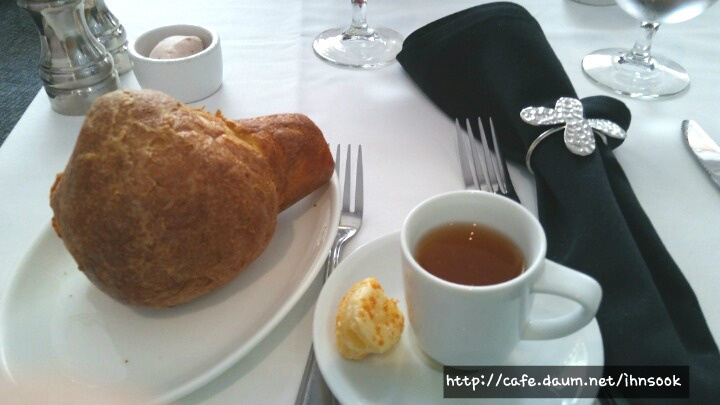Classic Popovers: Light, Airy, and Perfectly Hollow
Crispy Outside, Tender Inside! Homemade New York-Style Popovers

Ever wondered about the famous popovers from New York City? This recipe aims to recreate the delightful experience of those enjoyed at the tea shop within Neiman Marcus. These unique pastries puff up dramatically, creating a light, airy, and almost hollow interior that’s wonderfully tender. Let’s bake some magic!
Popover Batter Ingredients- 3 large eggs
- 180g milk
- 90g bread flour
- 20g cake flour
- 1 pinch of salt
- 15g unsalted butter, melted
Cooking Instructions
Step 1
Popover is often described as similar to a muffin or Yorkshire pudding, but it has a unique texture all its own. It’s not quite a muffin, nor a pudding, and not exactly bread either, though it leans closest to the pudding family. Some might find its hollow, puffed-up appearance reminiscent of a collapsed cream puff. Let’s begin! In a large bowl, whisk together 3 large eggs and 180g of milk until well combined. Ensure the egg whites are broken and the mixture is smooth.

Step 2
In a separate bowl, whisk together 90g of bread flour, 20g of cake flour, and a pinch of salt. Sifting the flours together will help prevent lumps and incorporate air, leading to a lighter batter.

Step 3
Melt 15g of butter in a small saucepan or microwave. Gradually pour the egg and milk mixture into the bowl with the flour. Using a whisk or spatula, mix until just combined and smooth, being careful not to overmix. Once the flour is mostly incorporated, stir in the melted butter until the batter is smooth and uniform. It’s that simple!

Step 4
Pour the popover batter into your popover pan, filling each cup about 70% full. Overfilling can cause them to overflow during baking. Place the filled pan into a preheated oven set at 200°C (392°F) and bake for 10 minutes. Then, reduce the oven temperature to 180°C (356°F) and continue baking for another 25 minutes. Avoid opening the oven door frequently during the baking process.

Step 5
As they bake, the popovers will begin to dramatically puff up. Watching them rise is like seeing them spring to life, almost as if startled awake – a truly fascinating transformation!

Step 6
The sight of the popovers swelling and rising in the oven, seemingly trying to burst through the heat, is incredibly rewarding for any baker. It’s a moment of pure joy just to witness.

Step 7
Freshly baked popovers are magnificent, but their impressive height may settle slightly as they cool. This fascinating characteristic is part of the popover’s charm! Even if they deflate a little, the taste remains delightful. Still, the memory of perfectly tall popovers makes me want to visit New York again to experience them firsthand. I wonder if they taste different there?

Step 8
These warm, tender popovers are delicious. Some enjoy them with butter, but their unique, hollow interior can feel like an ’empty bread’. I found myself devouring several straight from the oven, even without butter, marveling at the subtle yet satisfying flavor. ‘Ah, this is what it tastes like!’ I thought.

Step 9
Completely captivated by popovers, I decided to bake them again the very next day, this time using a shallower muffin tin. I was eager to see how they would turn out.

Step 10
And again, they rose beautifully! What baker wouldn’t be excited by such a spectacular rise? The sheer pleasure of seeing them puff up is a major reason to make popovers.

Step 11
As you admire them, they begin to soften slightly, becoming wonderfully tender and moist.

Step 12
The hollow interior of the popover is its signature! Enjoying them warm is truly a treat. If you’re curious about this unique pastry that’s neither quite pudding nor bread, the only way to find out is to bake them yourself!

Step 13
I recall eating popovers with my daughters and sister at the afternoon tea house inside Neiman Marcus in downtown San Francisco. I remember thinking, ‘These will surely fill me up,’ only to be surprised by their airy, hollow centers. Recalling that memory, I decided to bake them again.

Step 14
This recipe is based on a popover recipe found in an American baking book. I’ve tried my best to match the original, and I’m curious how closely it resembles the authentic taste.



